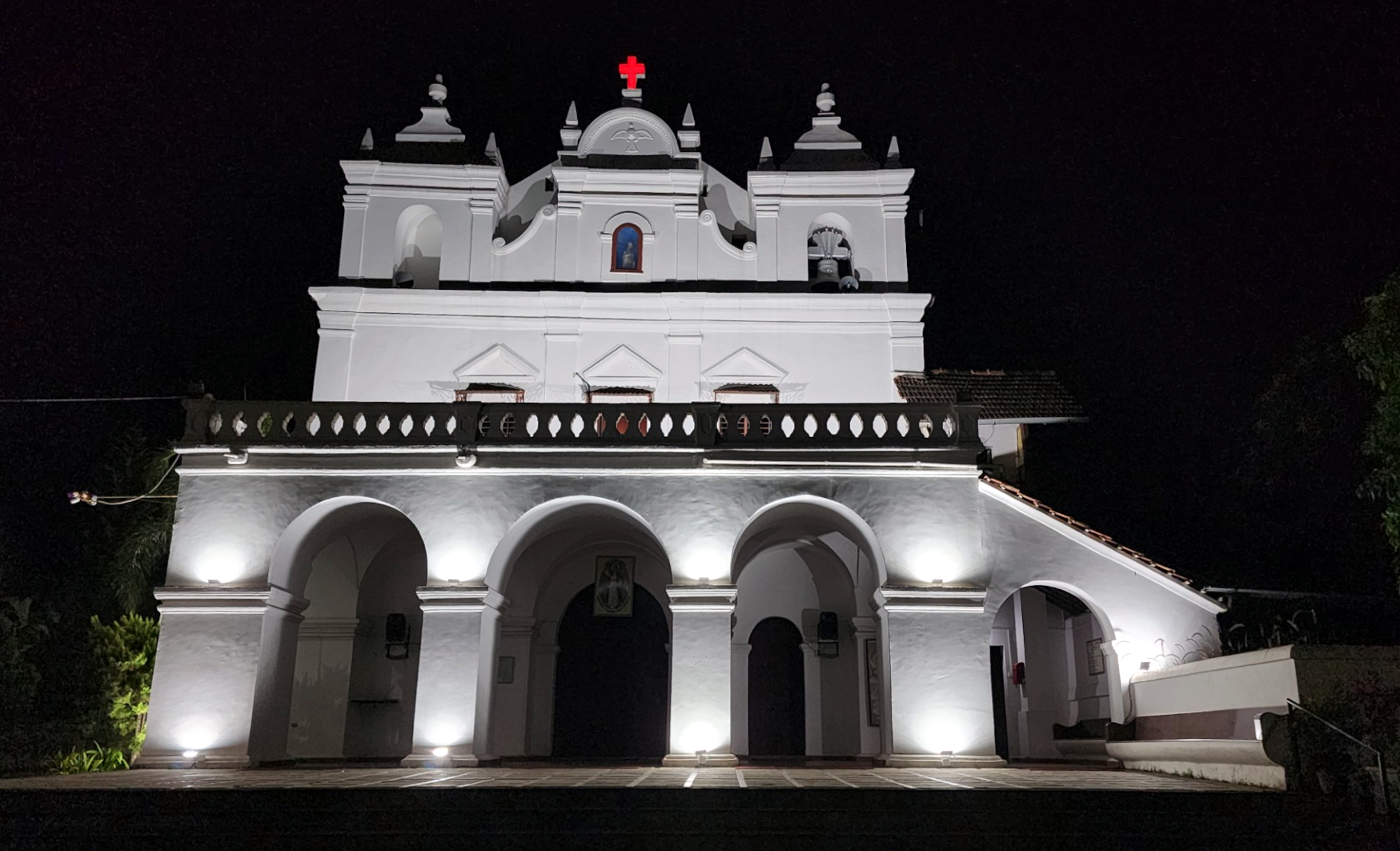The Church in Parra is dedicated to St Anne and parishioners will celebrate the feast of the patron on July 28

CHRONICLES OF GOAN CHURCHES
Origin
The first Church in Para, of mud walls and thatched roof, was established in 1649 by Frei Jeronimo Ferraz, the Franciscan Provincial and Frei Joao Monis (1649), the first parish priest, saw to its construction. It catered to the spiritual needs of Parra, Canca and Verla villages.
In 1683, the Marathas under Shivaji, burnt it. Then the villagers reconstructed it in 1688. At this time, Frei Antonio da Esperanca was the Provincial. The last Franciscan parish priest was Frei Antonio de Encarnacao (1766-67). The cemetery was constructed in 1858.
It is difficult to ascertain why the church was dedicated to St Anne. It could be that once the image of St Anne was brought here, the image of St Pedro de Alcantra, the earlier patron, was put on the side altar.
Developments
Fr Diogo Jose de Souza (1905), the parish priest, did a lot of improvement in the church, he put new tiles for the floor, got the altars gold plated, constructed a new pulpit, a new parochial house and also extended the cemetery boundary.
On May 8, 1947, the Church was dedicated to Our Lady of Fatima: the image of Our Lady of Fatima is huge with three children around it. Outside the church is the grotto of Our Lady of Lourdes.
Altar
The middle altar is dedicated to the patron, St Anne. Next to her is the image of Mary and below it are the images of the Sacred Heart of Jesus and of Mary. The other altars are dedicated to St Pedro de Alcantra and Our Lady of Good Death.
The Church has two bells, one on the right tower, which was brought from Lisbon, Portugal, was presented by two presidents – father and grandchild.
On the outside corridors of the church are 5 paintings; On the first painting are these words – ‘Morn Patkeanchem’, on the second, ‘Morn Baguevontachem’, on the third with the scene of Purgatory, ‘Cacut korat, amchea pasot magat’, on the fourth, with the scene of heaven, ‘Sonvsarant duc bhogun atam sorgar suc bhogtaum ani tumnchea pasto magtam’ and the fifth with the scene of hell, ‘Munxea, denv atam emkonddant poddona zaunk dusrea jivitant tea sasnachea ujeant’.
(The writer is Superior at Casa Professa, Basilica of Bom Jesus in Old Goa)